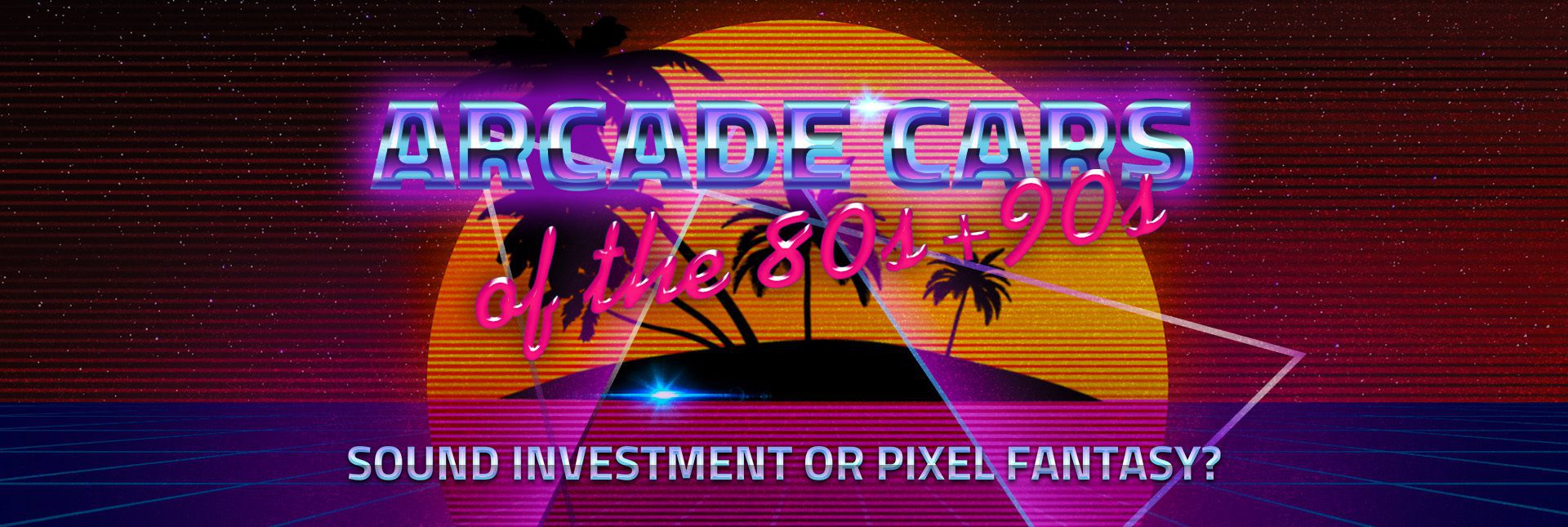
We are examining the arcade games of the late 80s into the 90s, a time leading up to the birth of powerful home games consoles – The Playstation and later still the XBox. Back then the arcade consoles had minimal 3D rendering capabilities, very little in the way of computing power, few colors to output, limited screen size and even less capability when it came to playing sound. Hence the creators of driving games of this time had to be inventive in both gameplay and the physics of driving.
Outrun
Ferrari Testarossa (Convertible)



Outrun spawned many imitations with its game engine. Its move into the home via the Amstrad, Spectrum and others also bred success and multiple awards. The 3-colour spectrum version for example was a huge success despite its clear limitations. But Outrun really was the leader because it had the whole package…
“The car was a Ferrari Testarossa Spider. A convertible version of the production Testarossa. There was only one official Spider made around the time of the game – commissioned in 1986 by Fiat chairman Gianni Agnelli. Apparently the handling is awful – more awful even than the already rather tetchy production Testarossa. But then Testarossas are and were always about style and glamour, rather than handling or racing.”
So, sound investment? The prices are high but likely to stay high given the provenance, continual popularity and rarity.
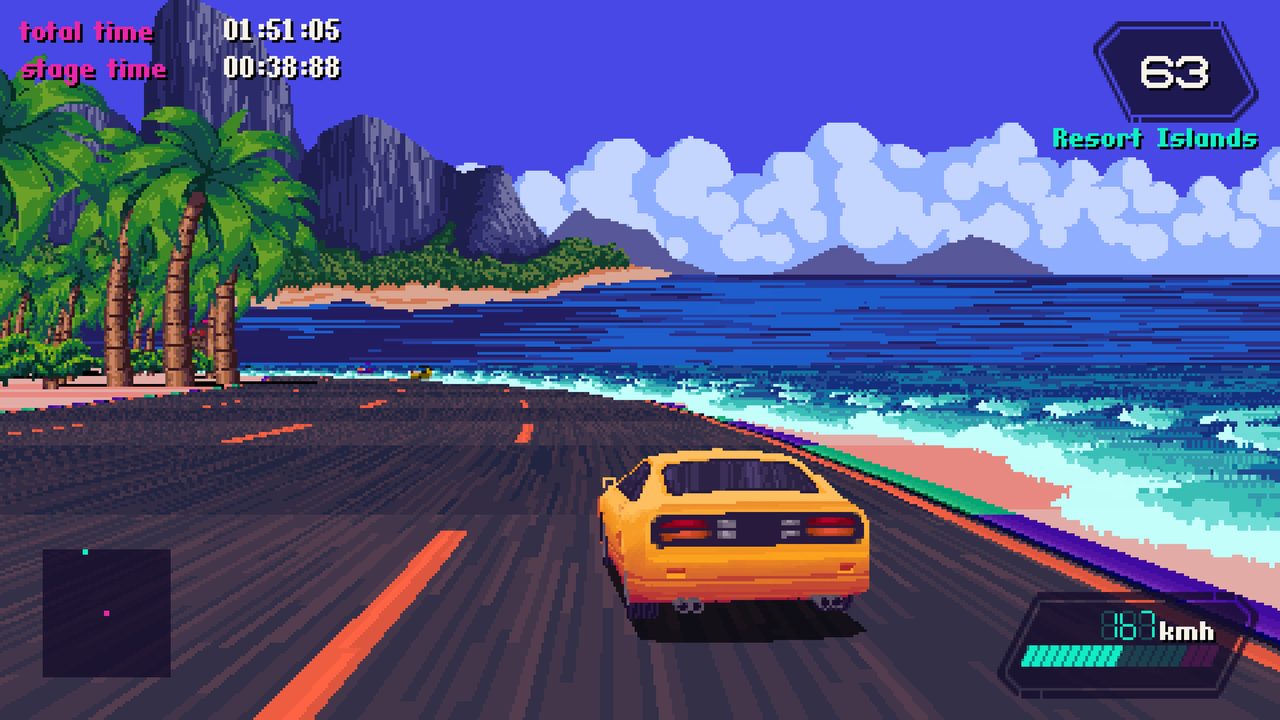
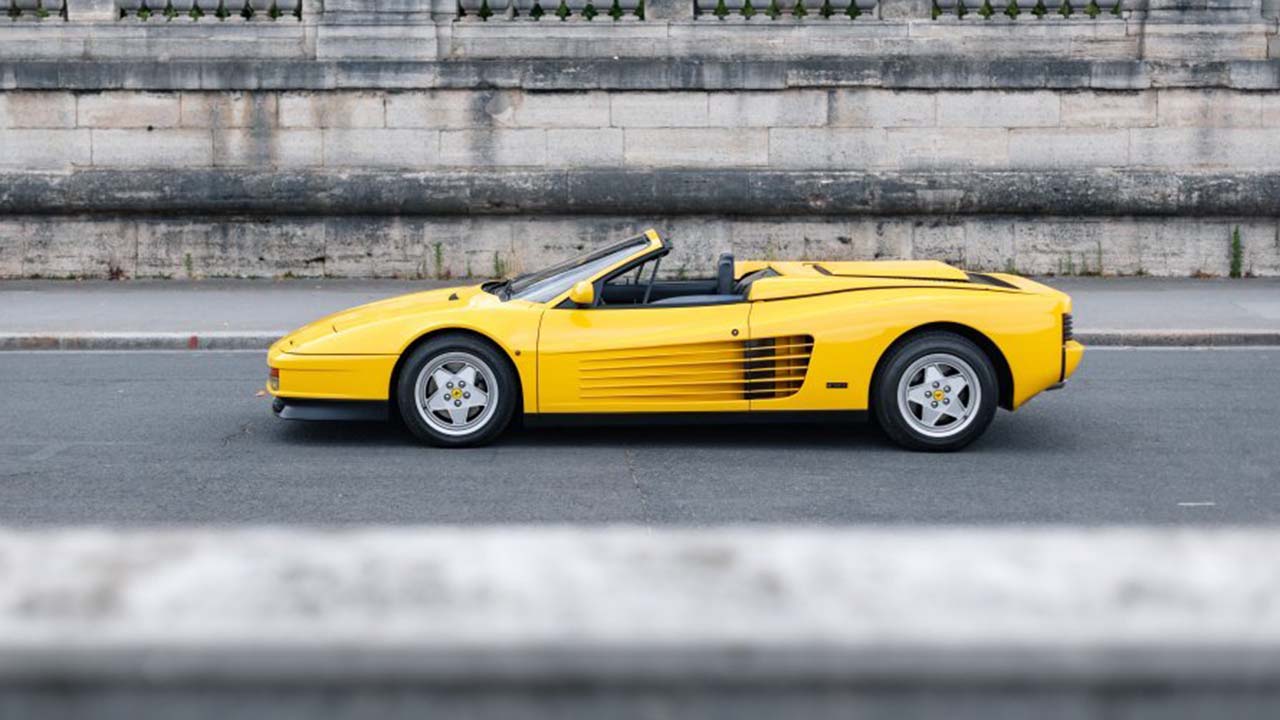
Game facts
Company: Sega
Car facts
Last auctioned: 2016
Cost : $1milion+
There are of course obstacles in the form of helicopters and checkpoints that fire at your car. Like a lot of 80s games and films this was a game steeped in cold war paranoia with the country and enemies being drawn straight from Octopussy era Bond. A great game which really pushed the boundaries of what was possible at the time – a nice touch was the bullet marks that appear on the screen.
The 959 is still a highly collectible and sought after car, despite looking oddly dated. Its short production run and immaculate engineering still holds its own. They do still come up for sale often reaching high prices. At JBR we have sold several of these german masterpieces. The Porsche 9595 was featured as part of our JBR500 (Where we celebrated our £500 million loaned landmark) as a top staff pick. It was also featured in our article on the growing investment interest in “young Porsches”
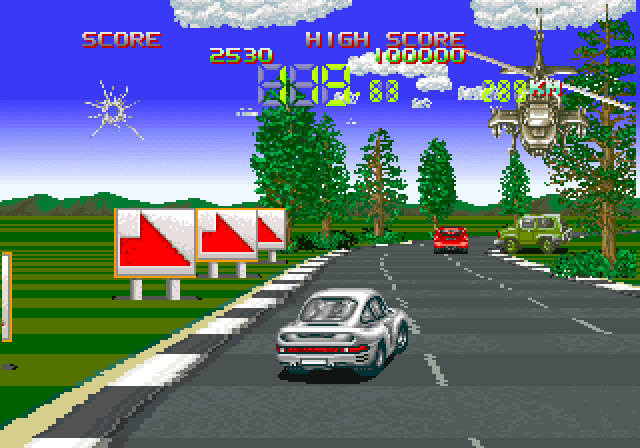
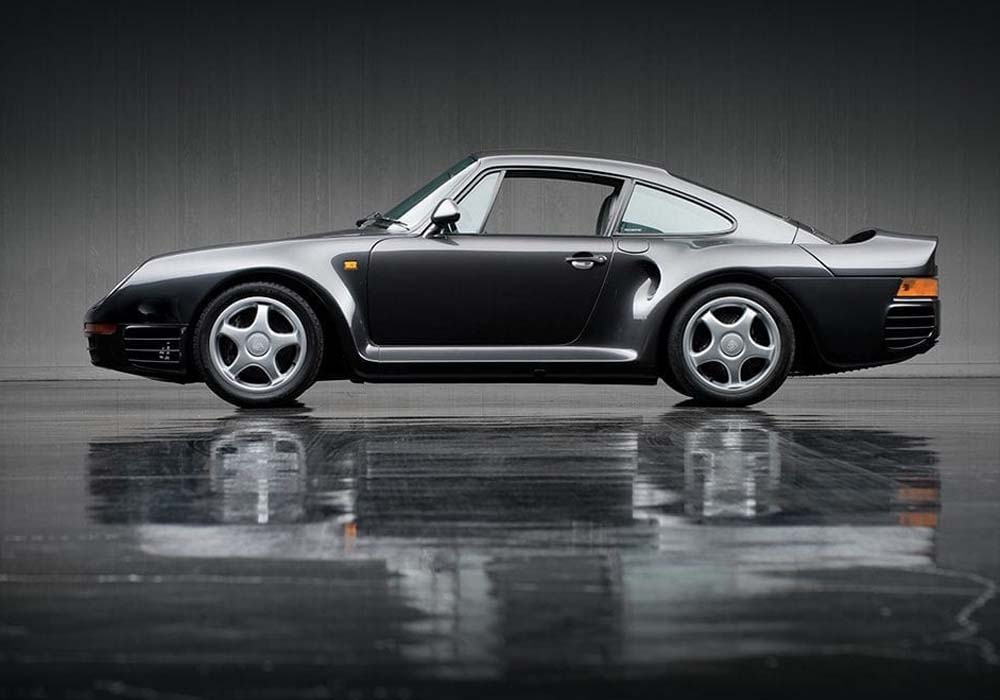
Game facts
Company: Konami
Car facts
Cost : £650,000
Going back further in time we have this classic of the arcade and home computers (such as the author’s beloved ZX Spectrum). Driving top down in a James Bond inspired sports car, your task is to navigate the track while avoiding enemy helicopters, mines, motorcycles and cars. For upgrades there is a truck that deposits you on new levels (and life overs). And most exciting of all, slipways convert your car into a boat for levels when the bridges are down.
Nonetheless the endless scrolling speedway makes for a great game. What makes this game special is the lack of expectation of timeline and plot. It is a great early example of pure gameplay. Oh and the car can turn into a boat on contact with water. Quite simply we accept that we are on an endless road, with blown bridges, and many baddies getting in the way of proceedings. The original had no ending – just endless roads and ever more difficult enemies.
Spy Hunter is a good example of how in the early days the artwork on covers and arcade cabinets bear no relationship whatsoever to the game graphics. Both the car and the boat are of course made up (and are only 20 pixels wide) but the car varies on many of the artworks. In some it looks very much like a Trans-Am – similar to that of Knight Rider. In the original arcade box design it very much looks like the Lotus Esprit as driven by Roger Moores’ James Bond. Therefore it is the Lotus that we should imagine the designers were thinking of. Either way the cars have gadgets that are a mashup between a sadistic James Bond car and a Gladiator’s. Rockets, oil slicks and mines are all in attendance.
Normal Lotus’s Esprits of this time are still available and come fairly regularly to market, fetching good sums and proving to be a good investment. JBR Capital has financed many Lotus’s including some classic Esprits. Take a look at our Lotus Car Finance.
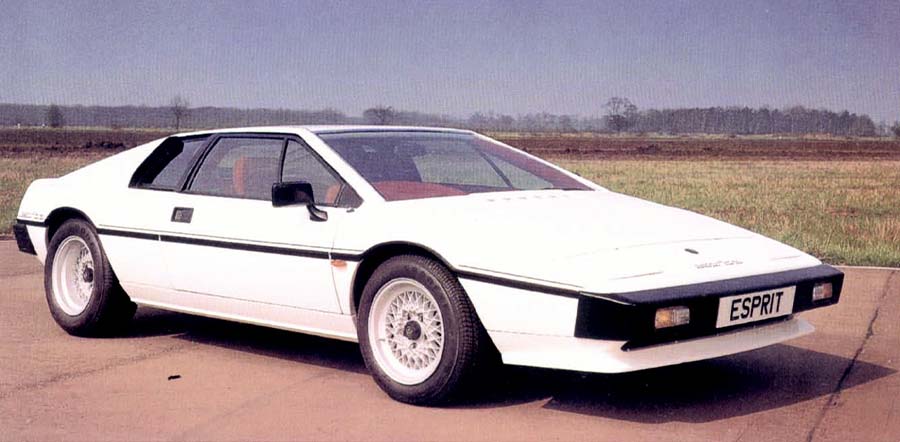
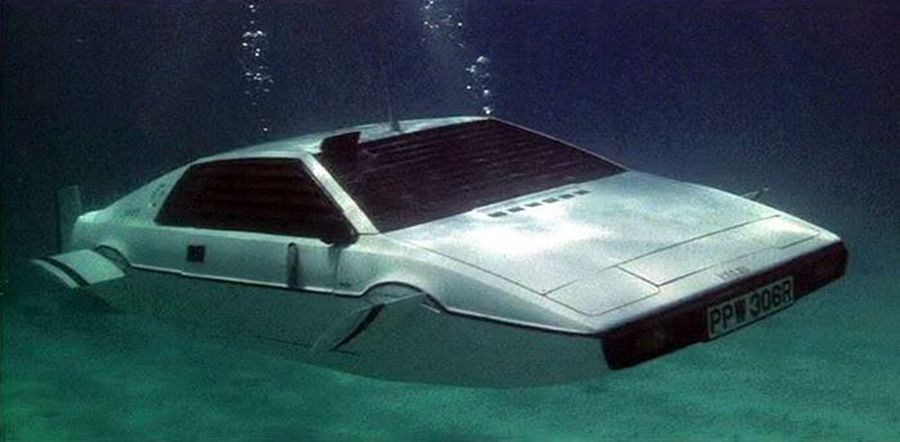
However the Bond version is a different story. The underwater car as seen in the film The Spy Who Loved Me is known as Wet Nellie is a one off. There were 6 cars that took place in the epic chase, [ref] though Wet Nellie was the only underwater sub. Rumour has it that the Lotus that appeared in other parts of the film was borrowed from the Lotus Chairman himself. [ref] After the film premiere Wet Nellie took part in promotional tours and then sat in a storage lot for over 10 years. After the storage rent fund ran out it was sold at RM auctions, Battersea. It is reputed to have been bought by Elon Musk for almost a million dollars in 2013 who at the time was planning to convert it to use Electric Tesla motors. As you can see Wet Nellie has a whole rumour mill of its very own, with Top Gears and all sorts dedicated to it [ref].
As an aside, the Corgi version of the Bond Lotus Esprit is also doing quite well on auction sites with even an unboxed version fetching €80. The boxed version will get you €200. Rather than the poster on the bedroom wall, this is the fin popping, rocket-firing beauty that we all played with as boys on our bedroom floors.
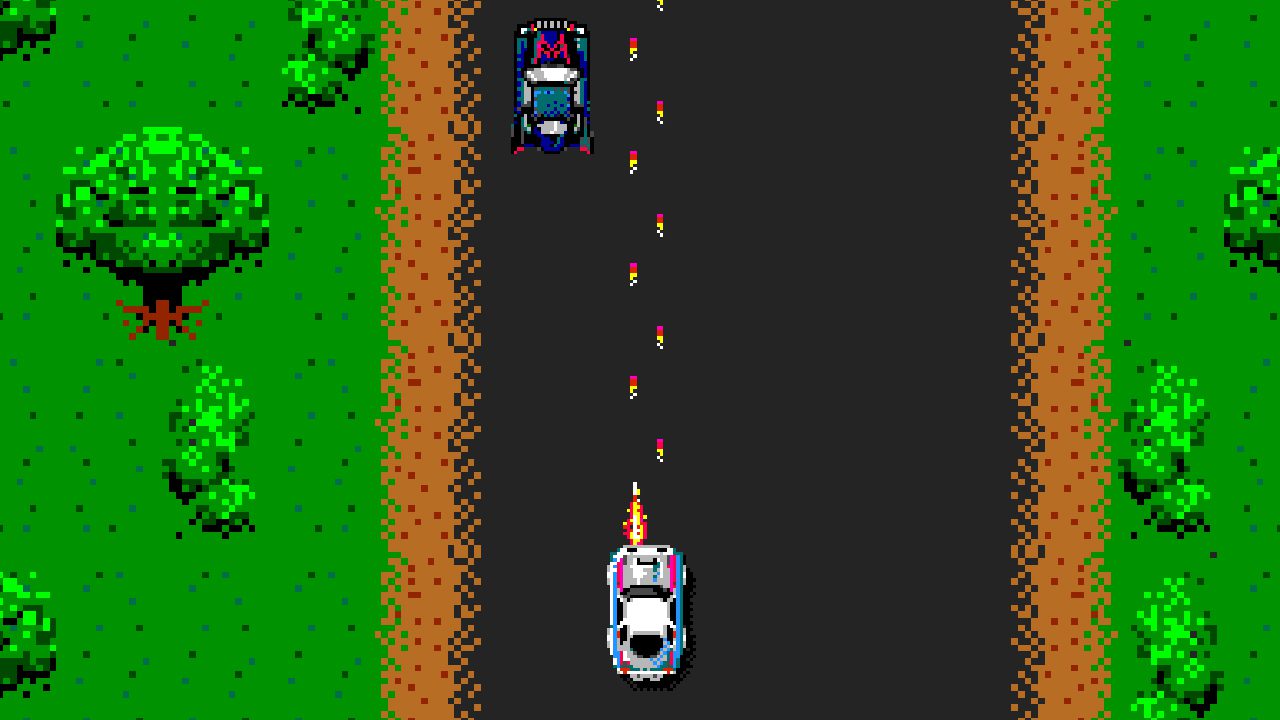
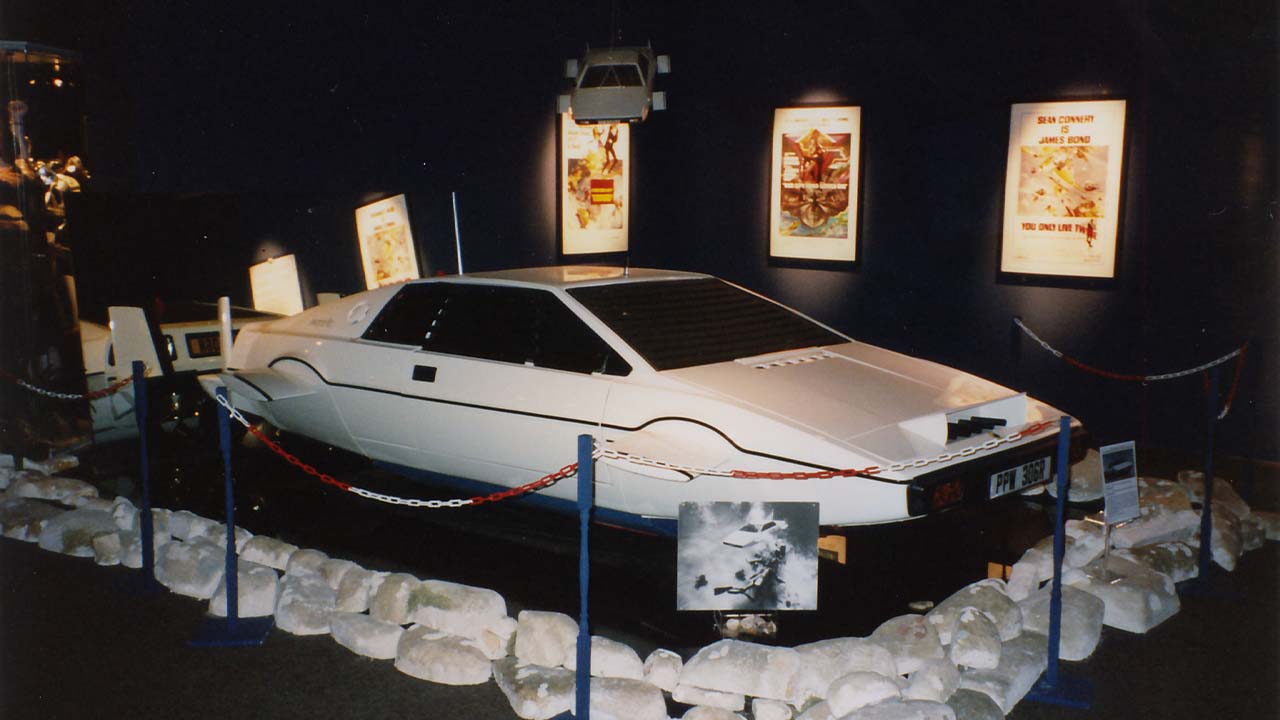
Game facts
Company: Midway
Car facts
Last auctioned: 2013
Cost : $1 million
In terms of the gameplay, first you chase the baddies within the time available, guided by the police helicopter at junctions. This, then, was a standard racing game. However if you get past this stage, and once you catch up with your foe, you must ram their car several times until they pull over. The trick was always to use your nitro boosts at the right time – usually just as you come up to the baddie.
As your co-driver says: “Push it. Push it more.”
“Though superficially like Outrun, the game engine of Chase HQ was markedly different. It was an evolution of the popular Top Speed – a straight up racer featuring a Mazda RX-7. Chase HQ was and is a fantastic game which deserved more success, and fame, than Outrun.”
The Porsche 928 featured in the game is a front-engined car which launched in 1979. Deemed always to be overshadowed by its more famous 911 sister, it was designed as a more comfortable, luxury version of the more racy 911. You can read more about this rather wonderful car in our popular Illustrated History of the Porsche.
The 928 is now having a resurgence in popularity if not value, and JBR is there to help you finance a classic Porsche.
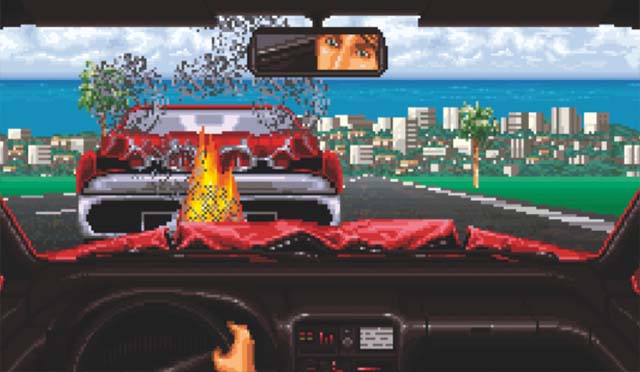
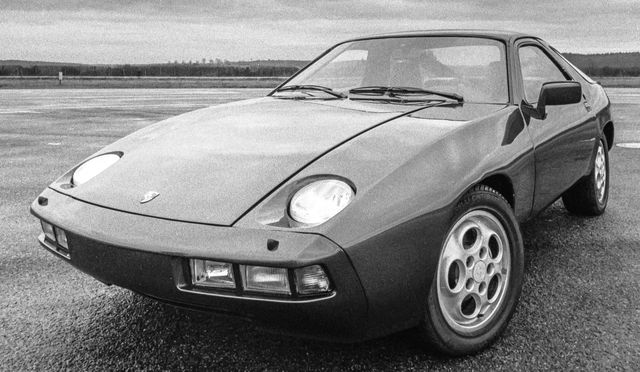
Game facts
Company: Taito
Car facts
Cost : $35,000
Also using the Porsche 959 was this Paris-Dakar rally simulator/racer. Gameplay was very similar to Outrun but this was a work of beauty in the desert, complete with desert dust and, sometimes, camels. Time trial rally stages make for a great racing format, especially for short-play arcade games. This tradition continues today with the Codemaster’s Dirt series and others. This game deserves to be remembered more as a classic in its own right.
The car was based upon the Group B Porsche 959 which won the Paris Dakar Rally in 1986 on its second outing, complete with racing Martini colours. Only 9 were ever made which makes these incredibly sought after and really expensive museum pieces. The very limited production of these rally cars was stopped as the 959 went into commercial production. The Gruppe B was seen by Porsche as the perfect way to hone their prototypes – and it is difficult to doubt this logic. Originally planned as a road circuit racer, the authorities said no, and therefore the cars were adapted for the Paris Dakar Rally and, in a different version, the Le-Man 24 hour. And the prototype did indeed go on to make the 959 road car.
It may come as no surprise that JBR Capital has not yet financed a Group B Porsche 959, but if one comes up at auction then please do give us a call for bespoke auction finance.

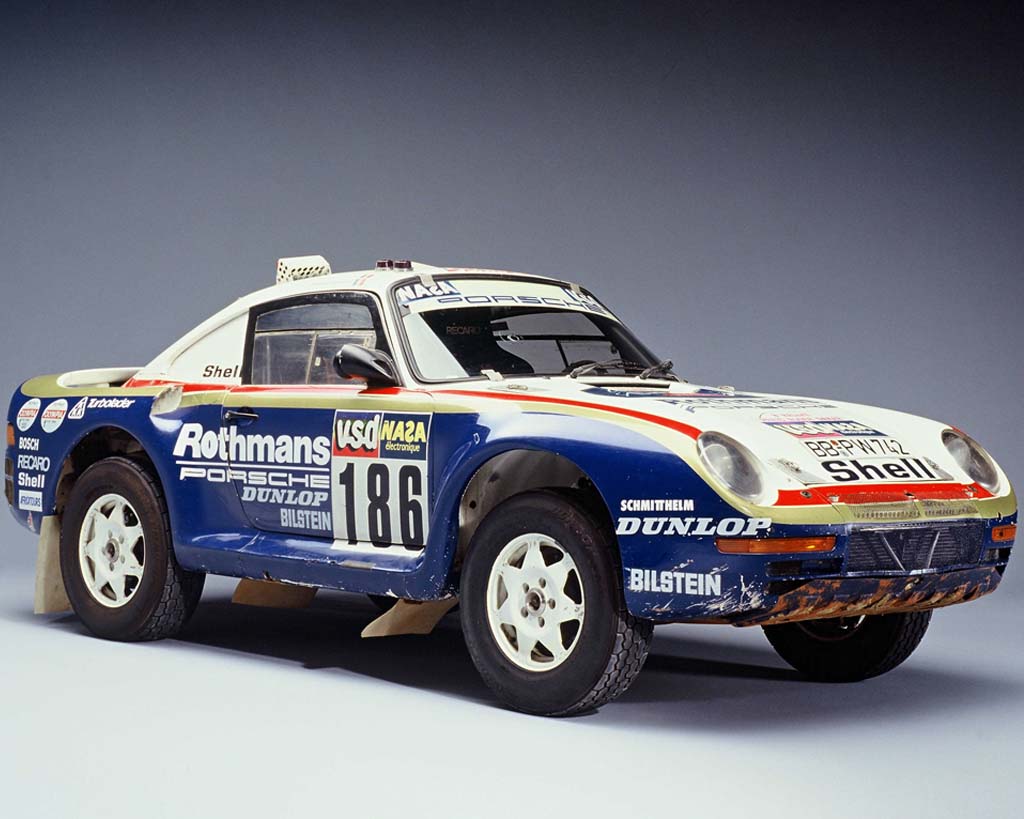
Game facts
Company: Jalico
Car facts
Last auctioned: 2018
Cost : $5,945,000
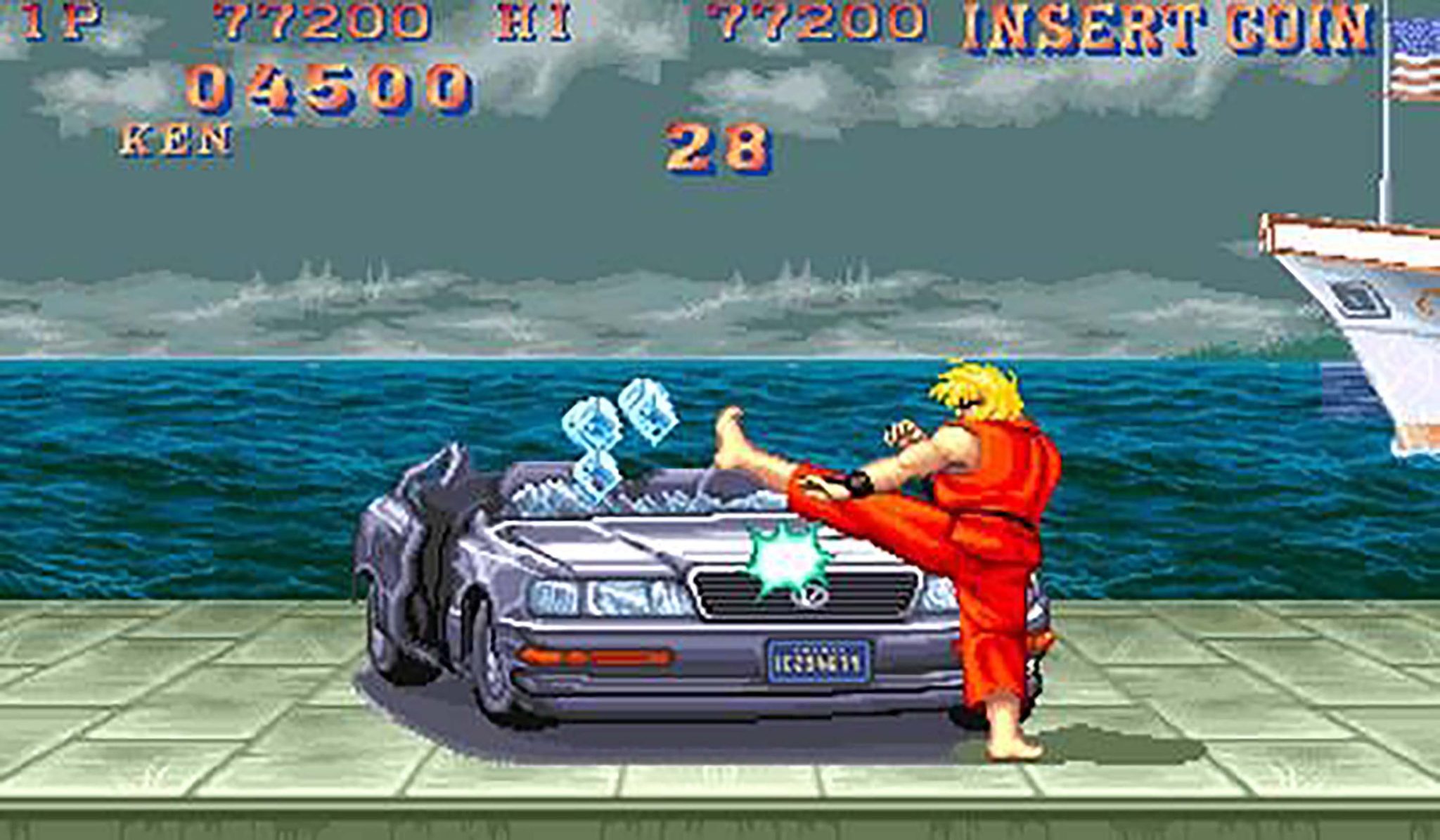
The Lexus is a strange but interesting choice. A grown up, luxury, family friendly car rather than a cool, less sensible, sports or supercar. The Lexus was an era-defining luxury item, especially in Asia where most of the great arcade games originated. There are some great new Lexus models including some very special [hybrids]. But ultimately the Lexus has now hugely dropped in value. As with most investments the primary reason is that there are still many on the roads, and the secondary is that they are expensive to maintain with parts being hard to come by and reliability being sub-optimal. In the UK you can grab one second hand for about £5k even before the Streetfighters have done their work.
As (another) aside, this has spawned some great spoofs, whereby Ken and Rue must make up for their sins by cleaning a Fiat 500.
https://www.geeksaresexy.net/2015/07/25/ken-rue-make-cars-smashed/ https://imgur.com/oaTiL3L
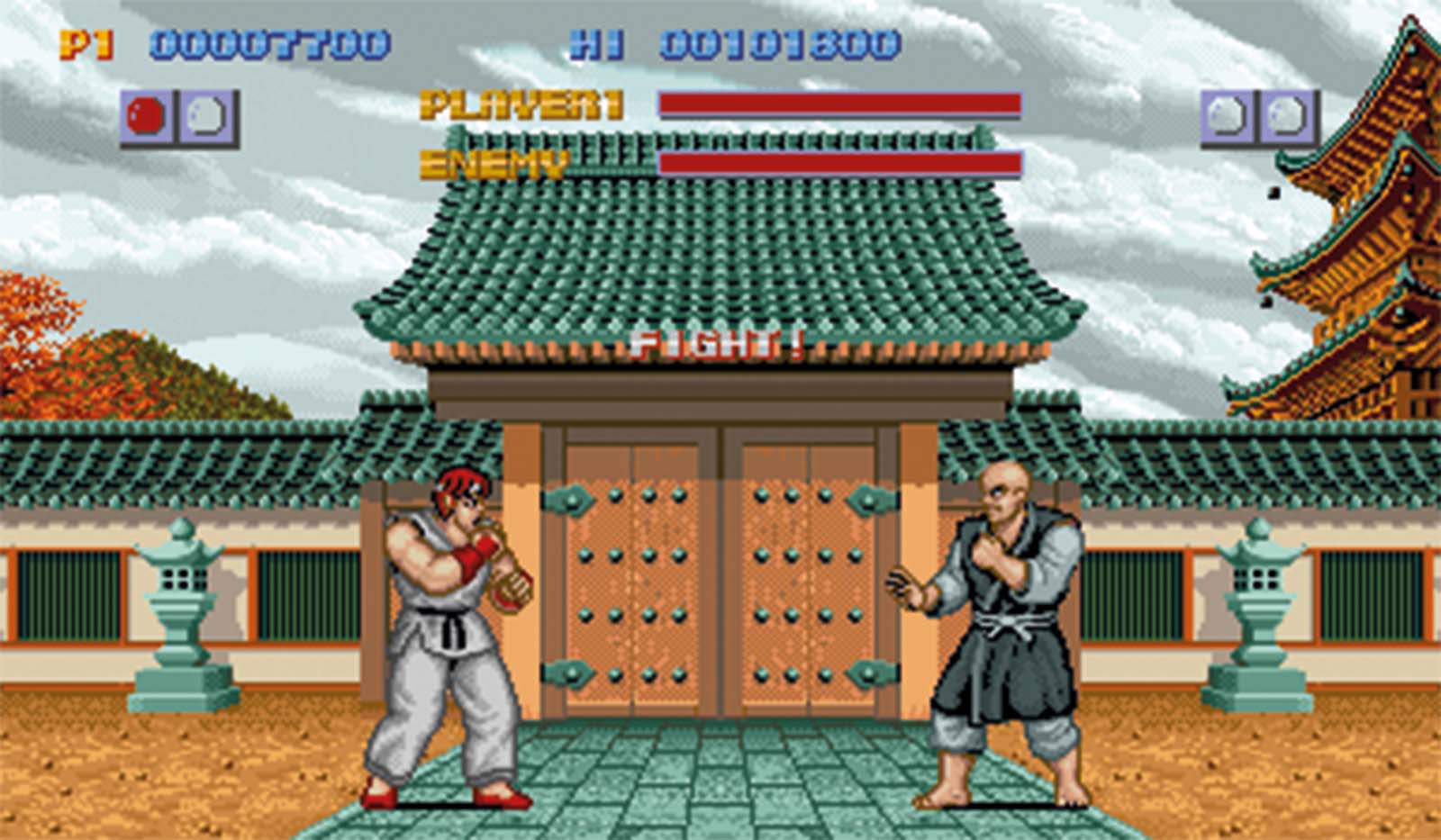
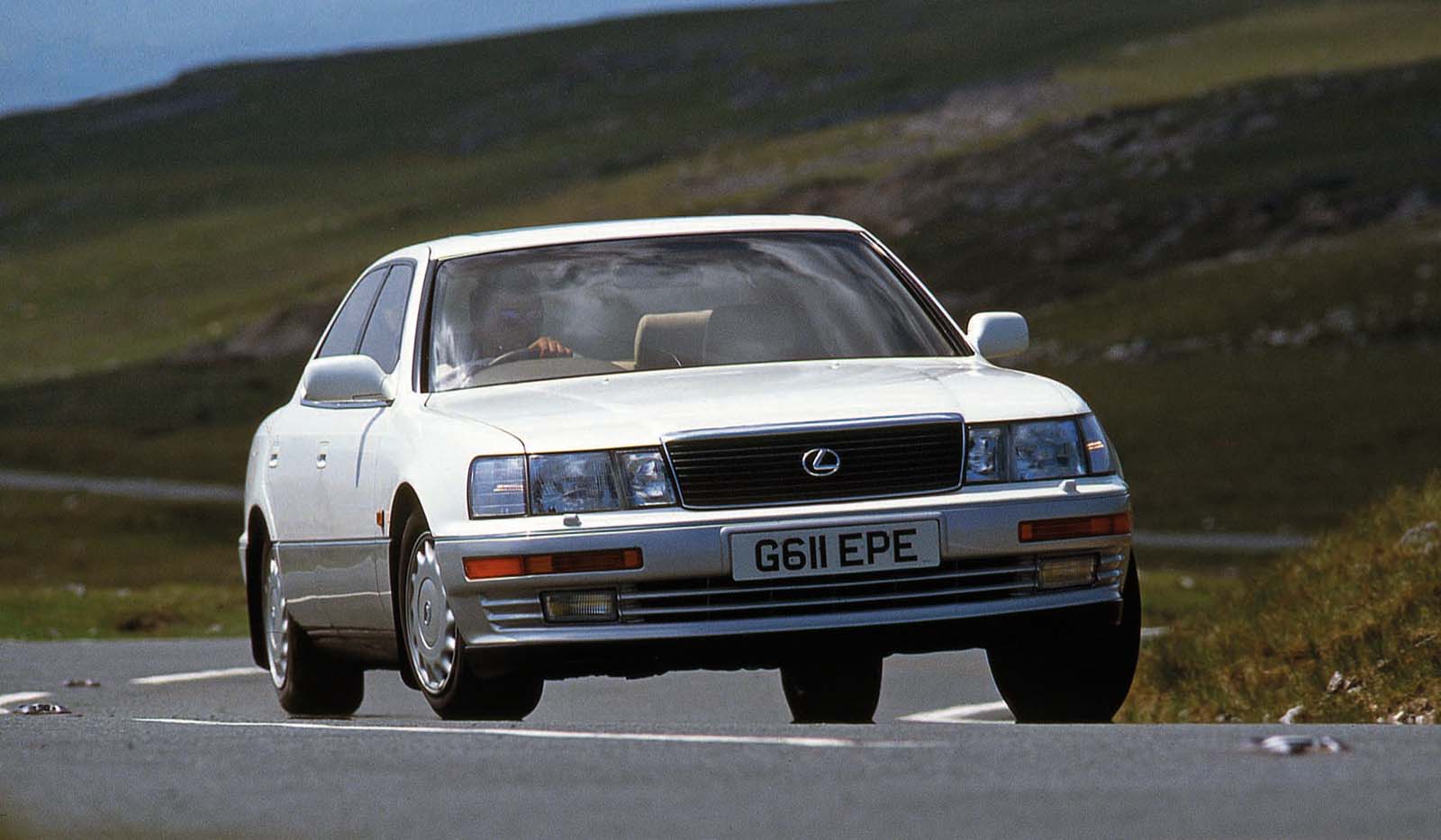
Game facts
Company: Capcom
Car facts
Cost : £5k
Ridge racer marked the end of arcade games as we knew them as kids. The raw power of the 3D chips of the games consoles meant that designers of driving games had, in many ways, to be less inventive – a driving game could be a drive around a generated 3D world. It was not until the advent of mobile phones having the screens and chips just about, but only just powerful enough to play games on, that we returned to faux 3D driving games. And it was the arcade games of our youth that were mined for ideas and even straight rip-offs, for example Final Freeway on the iPhone.
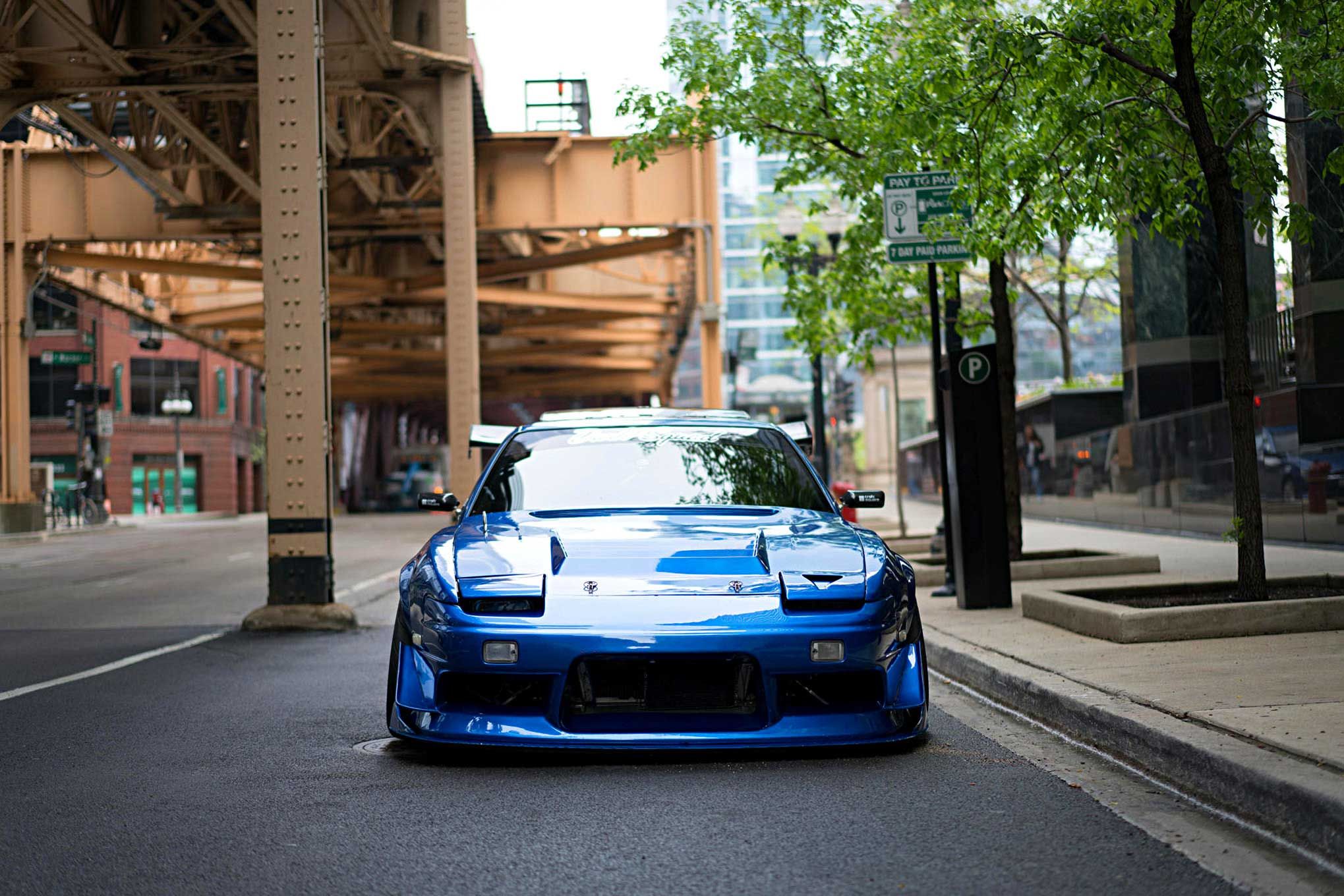
The cars of Ridge Racer – especially the earliest – were low poly versions of popular cars. Being a game built and perceived for the Japanese audience, these had a slant towards Nissans and Toyotas. The red hero car is reported to be a Nissan Silvia with added spoilers, though, probably for copyright reasons, this was never made explicit.
We do fund a lot of Nissans here at JBR but these tend to be of the high end variety such as the Nissan GTR Coupe – which made it to our JBR500 list of favourite funded cars – or souped up racing cars. Founder of JBR, Darren Selig, says of the GTR:
“So advanced and complete a package was the GTR when Nissan unveiled it in 2007 that, 12 years on, it is still in production and still packing a punch. Its 3.8-litre twin-turbo V6 has swelled by 115bhp in that time, keeping it abreast of Porsche’s flagship 911 Turbo, and doing so for almost half the price.”


Game facts
Company: Namco
Modern counterpart: Ridge Racer Draw & Drift iOS
Car facts
Cost : £18,000
An outlier of the era and roughly contemporaneous to Ridge Racer is the rather niche Great 1000 Miles Rally. This great game deserves more recognition – coming as it did at the end of the great arcade era – and was only available as a stand-up arcade cabinet (It also plays really nicely on emulators). This is not to be confused with the Amiga and Commodore 64 based 1000 Miglia which has a more standard viewpoint and play.
But we would be amiss for not including this game, and more importantly the cars in the game. The game sees you taking part in a cross Europe rally, and you are driving a classic car of your choice. Based on a race that took place in Italy from Brescia to Rome and was held yearly between 1927-1938 and 1945-1950 called the ‘1000 Miglia‘.
Essentially it is the grand classic tour that so many of JBR’s classic car customers take part in, or aspire to. As well as the classic cars the game has an original isometric, top down view which takes some getting used to. The graphics are absolutely stunning and the odd driving gameplay is enhanced with obstacles – such as bumps in the road, hills and chicanes. The game, like the grand tour it evokes, is a feat of engineering and pushes the boundaries of what a car game could be given the technology.
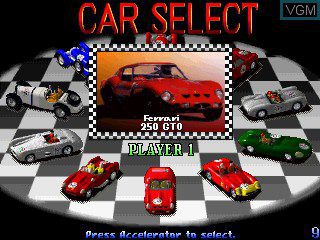

So the cars then. Let’s start with the list to choose from:
- Bugatti T59
- Ferrari 250 GTO
- Ferrari 290 MM
- Ferrari 250 TR
- Jaguar D
- Mercedes Benz 300 SLR
- Mercedes Benz SSKL
- Alfa Romeo Giuliena SZ
- Alfa Romeo 8C 2300
- Porsche 550A
As you can see the designers of this game knew their classic cars, and we could write a whole article on what the true worth on each and every one of these beauties. Many of them feature in our 75 most expensive cars ever sold at auction.
The Ferrari 250 GTO, in its various guises and providence, is not only a favourite with JBR Classic Car Finance, as well as topping the lists of most expensive cars ever.
But let us instead examine the less known 1955 Mercedes-Benz 300 SLR, in shiny silver, if only because its the one that the author picked when playing, way back in the nineties.
This too has an eye-watering price-tag, which if you believe the hype might beat that Ferrari to be worth over $100 million. A lot of zeros if we were to write it out. The 300 SLR racer was the car that won almost everything in 1955, from Mille Miglia to Targa Florio, allowing Mercedes-Benz to win the 1955 World Sportscar Championship. Its light aluminium body, “out-of-this-world” handling, and extreme acceleration made it one of the iconic cars of the 50s.


Game facts
Company: Kaneko
Modern counterpart: Dirt series
Car facts
Cost : £2million + up to $100million
It would be remiss of us not to include one of the greatest arcade racing games of all time, despite the lack of wheels. Wipeout, along with Ridge Racer was to launch the Playstation, though due to production delays it came shortly after. The 3D glasses version is still one of the most addictive games to grace the Computerspiele Museum in Berlin with speed, handling and gameplay are almost literally out of this world. Futuristic hover “cars” race around a magnetic track using nuclear power. Powerups and speed-ups complete the picture together with jumps and gaps. It is fast, it is epic and the graphics and soundtrack make for an awesome experience which has rarely been surpassed.
The format was so ingenious as this futuristic, simple track and simplified urban background meant that traditional workarounds for rendering a 3D world such as fogging (where distances were obscured by clouding them out) were not required. A first for many things including the commercial soundtrack provided by the likes of Chemical Bros. and Leftfield, and fabulous secondary design created by Designers Republic – a Sheffield based design outfit “so cool they dropped the apostrophe”. In many ways Wipeout was the Outrun of its day where the package of design, soundtrack, atmosphere created more than just a game.
Wipeout was based on an earlier Atari game named Powerdrome. The first version was podium based and never better when played in 2 player mode with your friend. And although Wipeout is only an honorary arcade game, in that cabinet versions don’t exist, this game did mark the point when the best driving games moved away from the arcades and into our bedrooms. Or to put it another way, the power of a Playstation matched that of an arcade console.
So where can you buy these cars? Well as of 2020 these babies have not been invented yet apart from in a laboratory at Scalextric size. You could buy yourself a Japanese train which runs on Magnetic “rails” or wait and see how Elon Musk’s hyperloop will work in practice. Rather than waiting you are better off spending some of your space dollars on some of the other more attainable classic cars above.

Game facts
Company: Psygnosis
Modern counterpart: Formula Fusion
